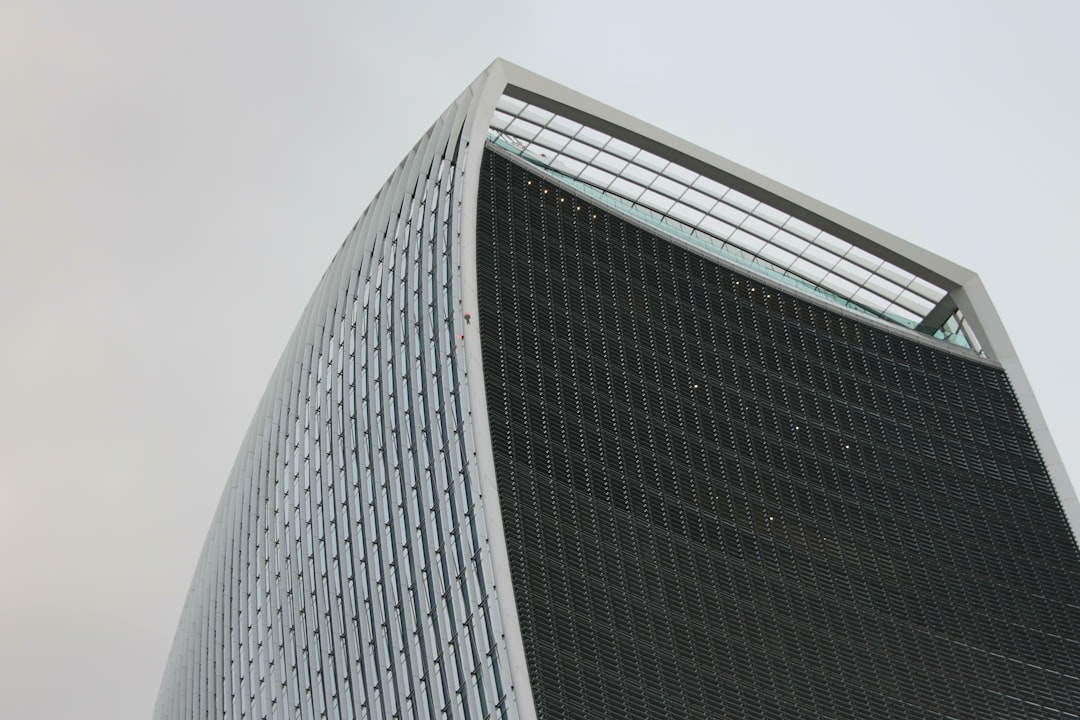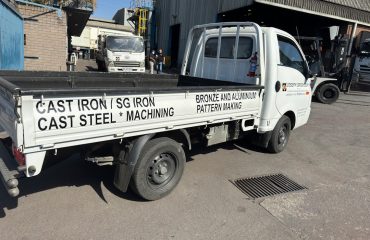The steel industry, a cornerstone of global infrastructure, has historically been a significant contributor to greenhouse gas emissions. However, a green steel revolution is underway, driven by necessity and innovation. This post explores the exciting advancements in eco-friendly steel manufacturing, showcasing the technologies and practices that are paving the way towards a more sustainable future.
1. The Environmental Footprint of Traditional Steelmaking: Understanding the Challenge
Traditional steel production, primarily using the blast furnace-basic oxygen furnace (BF-BOF) route, is an energy-intensive process. It relies heavily on coking coal, a fossil fuel, as a reductant in the ironmaking process. This leads to substantial emissions of carbon dioxide (CO2), a major greenhouse gas, along with other pollutants like particulate matter and nitrogen oxides. The high energy consumption also contributes to overall carbon emissions, further exacerbating the environmental impact. Furthermore, the mining and transportation of iron ore and other raw materials add to the environmental burden. The sheer scale of global steel production magnifies these impacts, making it a critical area for environmental improvement.
2. Carbon Capture, Utilization, and Storage (CCUS) in Steel Production
Carbon Capture, Utilization, and Storage (CCUS) technologies offer a promising pathway to mitigate CO2 emissions from steelmaking. These technologies capture CO2 emissions at the source, preventing their release into the atmosphere. The captured CO2 can then be utilized in various applications, such as enhanced oil recovery or the production of chemicals, or stored securely underground in geological formations. While CCUS is not a complete solution on its own, it significantly reduces the carbon footprint of existing steel plants, offering a bridge towards more sustainable processes. The integration of CCUS into steel mills requires significant investment in infrastructure and technology, but its potential to decarbonize the industry is substantial.
3. Hydrogen-Based Steelmaking: A Paradigm Shift
Hydrogen-based steelmaking represents a more radical departure from traditional methods. Instead of using coking coal as a reductant, this approach utilizes hydrogen, a clean energy carrier. Hydrogen can directly reduce iron ore at high temperatures, significantly reducing or eliminating CO2 emissions. Different pathways exist for hydrogen steelmaking, including direct reduction using hydrogen gas and the use of hydrogen carriers such as methane. The challenge lies in producing green hydrogen – hydrogen generated from renewable energy sources – to ensure the entire process remains environmentally friendly. Research and development are actively pursuing cost-effective and scalable methods for green hydrogen production to make this revolutionary technology commercially viable.
4. Sustainable Raw Material Sourcing and Recycling
Minimizing the environmental impact of steel production extends beyond the manufacturing process itself. Sustainable sourcing of raw materials, such as iron ore and other alloys, plays a crucial role. This involves responsible mining practices that minimize land disturbance, water pollution, and biodiversity loss. Furthermore, increasing the recycling rate of steel scrap is vital. Steel is highly recyclable, and using scrap steel as a primary raw material significantly reduces the energy and emissions associated with producing virgin steel. Improving steel scrap collection and processing infrastructure is key to enhancing recycling rates and promoting a circular economy for steel.
5. Energy Efficiency Improvements and Process Optimization
Beyond novel technologies, optimizing existing processes to improve energy efficiency is crucial for reducing the environmental footprint of steel manufacturing. This includes implementing advanced process control systems, improving furnace designs, and optimizing energy consumption in various stages of production. Investing in energy-efficient equipment and adopting best practices can significantly reduce energy consumption and associated emissions. Furthermore, exploring alternative energy sources, such as renewable electricity and waste heat recovery, can further enhance the sustainability of steel production. Continuous improvement and technological advancements in this area are vital for making steel production more environmentally responsible.
The transition to eco-friendly steel manufacturing is a complex and challenging endeavor, but the potential benefits – reduced emissions, improved air and water quality, and a more sustainable future – are undeniable. Through a combination of technological innovation, policy support, and industry commitment, the green steel revolution is gaining momentum, shaping a more sustainable future for this vital industry.
SEO Tags:
- Green Steel
- Sustainable Steel Manufacturing
- Hydrogen Steelmaking
- Carbon Capture Steel
- Eco-Friendly Steel




